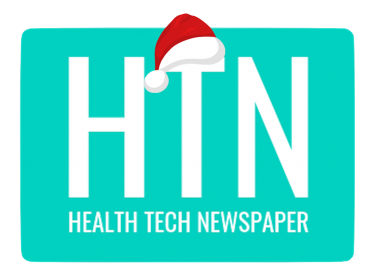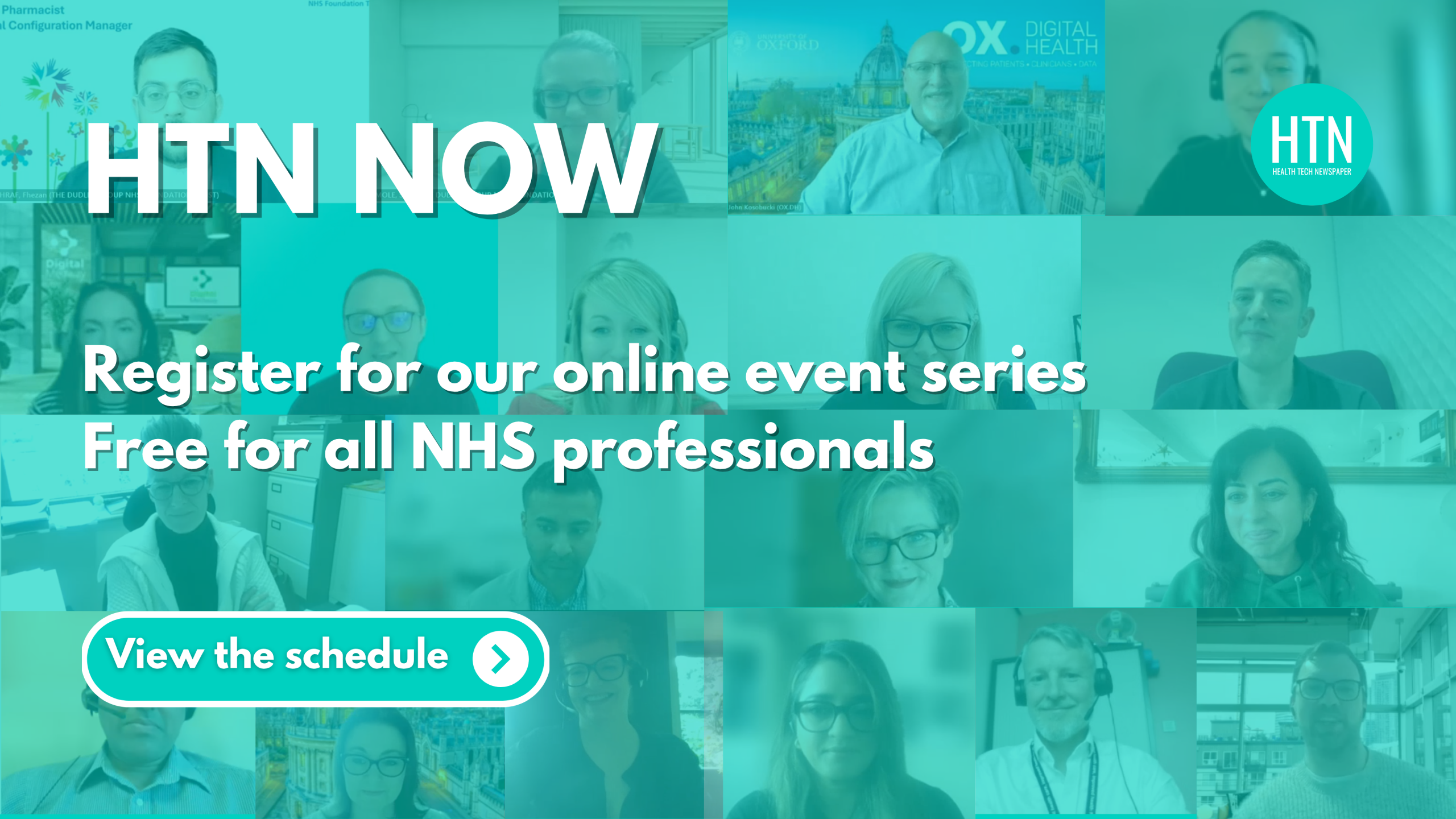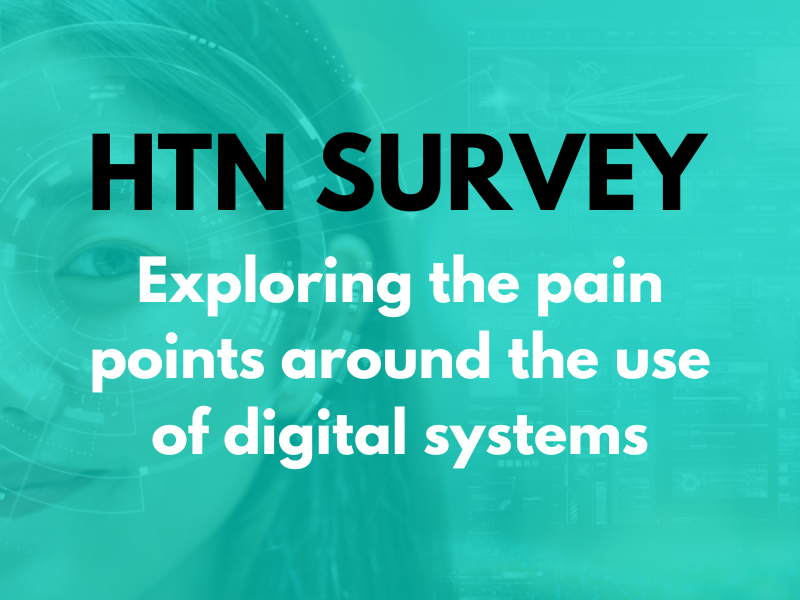NHS England engagement with the public and suppliers on the development of the Single Patient Record (SPR) has highlighted key expectations around access, transparency, interoperability, and data ownership.
Reporting on findings, Ming Tang, NHS England’s chief data and analytics officer, remarked: “What stood out to me is how similar the views of the public and the market are. They want a system that is secure, transparent, and built around what patients need.”
Amongst feedback from public engagement is the sentiment that the SPR “feels like a long-overdue solution to many of the frustrations the public feel across multiple health and care settings”. The public also noted the need to implement controls and monitoring around access, such as tiered access being described as “essential” to securing public trust, and a record of access offering reassurance that access is subject to constraints and oversight. Transparency from the outset and rigorous training in data use and security were also factors listed as impacting public confidence in the concept.
Almost 100 suppliers and organisations responded to NHS England’s Request for Information (RFI) on the SPR, setting out requirements for interoperability, clear data standards, a modular approach, and continued engagement with stakeholders to ensure development remains rooted in user needs “at every stage”. Clarity is sought by suppliers on data ownership and stewardship, ensuring data is recorded in a consistent way, and focusing on systems working together to enable information updated in one place to be automatically updated everywhere it is needed.
Looking ahead, NHS England commits to delivering an SPR that works for patients, clinicians, and the wider health and care system. The 10-Year Health Plan highlighted plans for the record to ultimately link in with wearable technologies, AI scribes, and proactive care models. “Subject to parliamentary time, our ambition is that from 2028, patients will be able to view it, securely, on the NHS App,” it states. “Over time, that data will include not only medical records, but also a personalised account of health risk, drawing from lifestyle, demographic and genomic data – to help personalise the NHS’ service offer and to support individual behaviour change.”
At present, a range of technical solutions are being explored for their suitability for further analysis, although NHS England shares that “no decisions have yet been made on the system architecture or procurement approach”. Design and delivery options are being considered in light of stakeholder feedback, and technical requirements are being determined.
Digital and NHS reform
For a recent HTN Now panel discussion, we were joined by experts from across the health sector to dissect the findings from Lord Darzi’s report, reflecting on what is holding the NHS back from innovation; the challenges and missed opportunities; and the role of digital and tech in driving change, supporting a focus on prevention and promoting integrated care. Panellists included Lee Rickles, CIO, director & deputy SIRO at Humber Teaching Hospitals; Andrew Jones, digital transformation leader at Amazon Web Services; Tracy McClelland, CCIO at Dedalus; and Dan Bunstone, clinical director at Warrington Innovation Network and Warrington ICB.
The UK government published its Fit for the Future: The 10-Year Health Plan for England, aiming to “build a truly modern NHS”, with focus on moving from hospital to community, analogue to digital and sickness to prevention. The plan outlines a new operating model, a new era of transparency, a new workforce model with staff aligned to the direction, a reshaped innovation strategy, and a different approach to NHS finances.
The 1o-Year Plan also highlighted the future role of the NHS App, adding that the My Care feature will provide patients with access to their Single Patient Record, helping the NHS App become a “truly personal digital assistant for every patient”.






